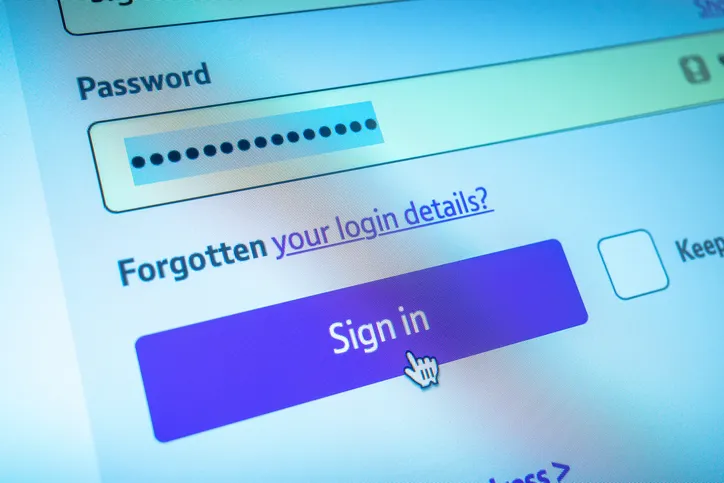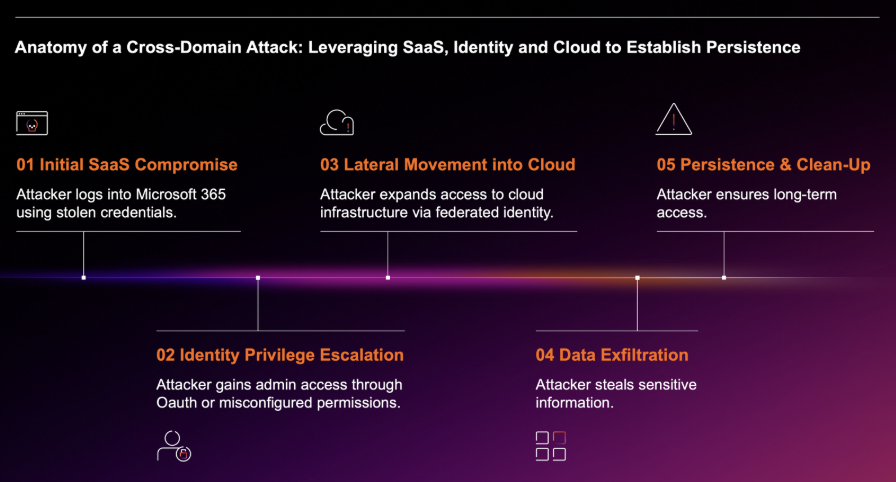Darktrace has been recognized in the first ever Gartner Magic Quadrant for Email Security Platforms (ESP). As a Challenger, we have been recognized based on our Ability to Execute and Completeness of Vision.
The Gartner Magic Quadrant for Email Security is designed to help organizations evaluate which email security solutions might be the best fit for their needs by providing a visual representation of the market vendors and the strengths and cautions of different vendors. We encourage our customers to read the full report to get the complete picture.
Darktrace / EMAIL has a unique AI approach to identifying threats, including NLP and behavioral analysis, instead of traditional security measures like signatures and sandboxing – providing protection against advanced attacks like Business Email Compromise (BEC) and spear phishing. We believe our AI-first approach delivers high-quality solutions that our customers trust, allowing them to stay ahead of sophisticated threats that other tools miss.
We’re proud of Darktrace’s rapid growth, geographic scale, and ability to execute effectively in the email security market, which reflect our commitment to delivering high-quality, reliable solutions that meet the evolving needs of our customers.
What do we believe makes Darktrace the fastest growing email security solution on the market?
An AI-first approach to innovation: Catching the threats others miss
As one of the founders of the ICES category, Darktrace has a long history of innovation, backed by over 200 patents. While other email security solutions are only just starting to apply machine learning (ML) techniques to outdated methods like signature analysis, reputation lists, and sandboxing, Darktrace has redefined the approach to email threat detection with its pioneering AI-driven anomaly detection engine.
Traditional ESPs often miss advanced threats because they rely on rules and signatures that focus on payloads and blindly trust known sources. This approach requires constant updates and frequently fails to detect threats like Business Email Compromise and Spear Phishing. In contrast, Darktrace / EMAIL uses advanced anomaly detection to identify the most sophisticated threats by focusing on unusual patterns and behaviors. This innovative approach has consistently delivered superior detection, stopping on average 58% of the threats that other solutions in the security stack miss.1
But our AI-first approach doesn’t stop at the inbox. At Darktrace, we transcend the limitations of traditional email security by leveraging a platform that unifies insights across multiple domains, providing robust protection against multi-domain threats. Our award-winning solutions defend the most popular attack vectors, including email, messaging, network, and identity protection. By combining signals from all domains, we establish unique behavioral profiles for each device and user, significantly enhancing detection precision.
This pioneering approach has led to introducing industry-first advancements like QR code analysis and automated incident investigations, alongside game-changing functionality including:
- Microsoft Teams security with advanced messaging analysis: The ability to identify critical early phishing and insider threats across both email and Microsoft Teams messaging.
- AI analyst narratives for improved end user reporting: that reduces phishing investigations by 60% by exposing unique narratives that provide the context of each received email and give feedback to each employee as they interact with their mail.2
- Mailbox Security Assistant: to perform advanced behavioral browser analysis and stop malicious links within webpages, detecting and remediating 70% more malicious phishing links than traditional tools.3
- AI based, autonomous data loss prevention: to immediately secure your organization from misdirected emails, insider threats, and data loss—both classified and unclassified- without any administrative overhead.
Customer trust that fuels exponential growth
With almost 5,000 customers in under 5 years, we've doubled the growth rate of other vendors in the email security market. Our rapid market penetration, fueled by customer satisfaction and pioneering technology, showcases our revolutionary approach and sets new industry standards.
Darktrace’s exceptional customer retention is fueled by an unparalleled customer experience, extensive regional support, dedicated account teams, and cutting-edge scalable technology. We pride ourselves on having a global network with local expertise, consisting of 110 worldwide offices which provide local language and technical support to offer multilingual, in-house assistance to our customer base.
Check it out – Darktrace / EMAIL has the highest percentage of 5-star ratings with a 4.8 rating on Gartner® Peer Insights™.4
Supporting every stage of your email security journey
Darktrace / EMAIL supports your security maturity journey, from first time security buyers to mature security stacks looking to augment their existing ESPs – by handling advanced threats without extensive tuning. And unlike other solutions that create a siloed and parallel solution, it works harmoniously with native email providers to create a modern email security stack. That’s why Darktrace performs well with first-time email security buyers and has strong renewal rates.
Integrating with Microsoft and Google via API, we replace traditional Secure Email Gateways (SEGs) with a modern, comprehensive email security stack. By combining approaches, our solution merges attack-centric analysis, which learns attack patterns and threat intelligence, with a business-centric approach that understands user behavior and inbox activity to deliver a unified stack that defends the entire threat spectrum – leading Darktrace to be recognized as Microsoft Partner of the year UK 2024.
Our user-friendly, self-learning AI solution requires minimal tuning and deployment, making it perfect for customers looking for a highly usable but lightly configurable solution that will accompany them throughout their lifetime as they mature their email security stack in line with the evolving threat landscape.
Learn more
Get complimentary access to the full Gartner® Magic Quadrant™ for Email Security Platforms here.
To learn more about Darktrace / EMAIL or to get a free demo, check out the product hub.
References
1 From September 1 – December 31 2023, 58% of the phishing emails analyzed by Darktrace / EMAIL had already passed through native spam filtering and email security controls. (Darktrace End of Year Threat Report 2023)
2 When customers deployed the Darktrace / EMAIL Outlook Add-in there was a 60% decrease in incorrectly reported phishing emails. Darktrace Internal Research, 2024
3 Once a user reports phishing that contains a link, an automated second level triage engages our link analysis infrastructure expanding the signals analyzed. Darktrace Internal Research, 2024
4 Based on 252 reviews as of 19th December 2024





















.avif)






















